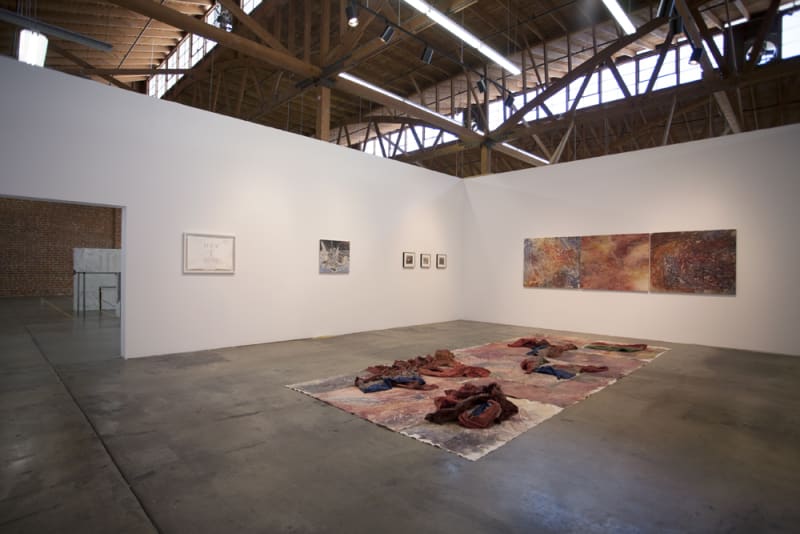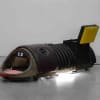Square(s): Group Exhibition
With works and contributions by: Lisa Anne Auerbach (USA), Davide Balula (France), Dan Bayles (USA), Neïl Beloufa (Algeria & France), Edwin Chan (Hong Kong), Tom Dane (Denmark), Cem Dinlenmi (Turkey), Nilbar Güre (Turkey), Hatice Güleryüz (Turkey), Ivan Grubanov (Serbia), Michael Hardt (USA), Thomas Hirschhorn (Switzerland), Nikita Kadan (Ukraine), Joel Kyack (USA), Sylvère Lotringer (foreign agent), Pode Bal (Czech Republic), Ariel Schlesinger (Israel), Slavs and Tatars (various), Extrastruggle (Turkey), thepeople71 (various), Sergio Torres-Torres (Mexico/USA), Mona Vatamanu & Florin Tudor (Romania & Switzerland), Andra Ursuta (Romania).
In Turkey last June, hundreds of thousands of citizens went to Taksim Square to protest against their government’s plan to remove this beloved public park and build a shopping center instead. The protesters named their movement “Occupy Gezi” in reference to the Occupy Wall Street movement (OWS), which spread around US cities in 2011. The OWS movement itself was inspired by the Arab Spring that happened the same year, when every day people from Tunisia to Egypt, from Lebanon to Syria, went to the street against their repressive regimes. It appears that these cycles of struggles [1] have inspired one another, going back to all major social uprisings of our collective memory since the 1960s.
Demonstrations throughout the 20th century were traditionally organized along an avenue, a straight line with a beginning and an end. But these recent movements have been sedentary, and tend to use a strategy of encampment or occupation. In the past 3 years, in Egypt (Tahrir), Turkey (Taksim), Ukraine (Maidan), the United States (Wall Street), Venezuela (Altamira), and many others countries, people have expressed their anger by taking over iconic public squares and plaza, and naming their movement after this symbolic act.
“Square(s)” will put together an international group of artists whom, using various practices and aesthetics, share a common awareness of these ongoing events. While this exhibition is not about partisan politics, it is an attempt to recreate a few different active public squares within a gallery space in Los Angeles, a city where the concept of public space is virtually non-existent. In this context, the works exhibited will simply function as the dissident voices of an occupied space.
The exhibition will invite and provoke different perspectives from the artists invited, as well as the audience and other participants in the project, such as writers, architects and activists. As it happens with protestors in the street, the works exhibited will move to new positions and redefine themselves. On June 28th a program of events related to the exhibition will include, among others, interventions by Davide Balula and Tom Dane, a talk, with, among others, architect Edwin Chan & Semiotext(e) founder Sylvère Lotringer, a program of videos screenings, and the launch of a new political party, “thepeople71”.
More content and programming will be posted on a blog, specially created for the occasion (www.squaresexhibition.wordpress.com).
"Public spaces are political arenas in which power is gained, recognized, underwritten, disputed, attacked, lost and gained" Adrian Piper
“The King must die, so the people can live” Maximilien Robespierre
Organized in collaboration with independent critic and curator Yann Perreau.
[1] Michael Hardt and Toni Negri in their essay “Declaration”.


